Proto-Renaissance Italian Dress, late XVth century
TC-20
Total
€799
Les frais d'expédition seront ajoutés au prix final de la commande une fois l'article est ajouté au panier et votre adresse de livraison est renseigné. Les frais d'expédition dépendent de votre région géographique et de l'article commandé.
Proto-Renaissance Italian Dress, late XVth century
Fait sur mesure
Cet article est fait sur mesure, cela veut dire que pour sa fabrication nos artisans utilisent les mesures corporelles de chaque client individuel.
Un tel type de fabrication permet d'assurer un ajustement parfait d'article.
description
This costume version consists of:
- Kamiza
- Dress
- Hairnet
In the 1460s, Italian women's fashion moved from high-necked gowns to V-shaped necklines. High waistline and separately laced changeable sleeves make this costume fit well on any figure. A 'pregnant' silhouette was quite a fashionable thing as it meant family prosperity and the fact that the dress owner's husband is not at war or ill but is expecting an heir. A wealthy Italian Renaissance woman typically wore at least three, often four complete layers of clothing in public.
The chemise – often silk one and richly decorated – showed at the lady's neck. But it has no lace. Strangely, but it’s a fact – they didn't know about the lace yet!
Evolving from “houppelande”, the bodice was cut separately from the skirt above the natural waist and became tight fitting. While the top and bust area was always fitting, the bottom half of the body was made to look as full as possible with gathered and over-the-top skirts. Skirts could be gathered, pleated, or neither. They were often split in front to show the skirt of a sleeveless underdress, which could also be seen under a V-neck. Dress often was laced on both sides to fit different sizes.
Dresses – usually patterned – were made of silk, velvet, silk brocade, taffeta, and other rich and gorgeous fabrics.
Wide and puffed sleeves were popular. Sleeves were the richest part of a costume, actually, so there were several pairs of them for each dress to renew its look. Sleeves could be slashed to show the chemise sleeve and were often laced or tied to the bodice rather than sewn on. This allowed different sets of sleeves to be worn with one gown. A sleeveless tabard was occasionally worn over the gown.
Dresses were often decorated with pearls which might also be read as potent symbols of sexual purity. Across Western Europe, young women wore pearls to broadcast their virginity – the most desirable trait considered in marriage negotiations.
The beauty of Proto-Renaissance is the subtle eroticism of a costume. Well, “by the standards of the XVth century” eroticism: while France was still draping in strict Gothic cathedral-like clothes, in liberated Italy ladies were already flaunting with slits on their sleeves so that anyone could see (unthinkable!) – camise. Can you imagine? Camise in slits! O tempora, o mores! And here we have decided to indulge you with some XVth century Italian erotica – sleeves made of 2 parts, carelessly tied up with ribbons both on the arms and to the dress.
A lush camise made of the finest linen also beckons from dress neckline, not so much hiding it as emphasizing it. At the collar and cuffs, lady’s camise is gathered in small pleats. It is decorated with machine embroidery flowers, but we can do everything by hand or leave it unembroidered as you wish so. Although the embroidery is undoubtedly cooler.
The dress is narrow in the bodice with a deep V-shaped neckline and exaggerated waist, while the puffed skirt falls to the floor in beautiful soft pleats. The dress is laced up the sides to fit the figure. This is a light version with only one dress, but for ladies with a true Italian passion at heart, we are ready to sew as it should be – 2 dresses. We chose a peach patterned jacquard with a large floral pattern for a dress, decorated on the edges with fine gold thread and gold ribbons for garter sleeves and lacing. Naturally, your dress – your type and colors of fabric and decorations, but we are always here to advise.
The chosen headpiece is the then-popular hair net woven with gold braid and pearls.
The costume is erotic and sophisticated like all Venice at the end of the XVth century. Full of passion and luxury. Write to us and Steel Mastery will sew yours and only yours Italian dress.
Si pour une raison quelconque vous n'aimez pas les produits reçus, vous pouvez lez retourner pendant 14 jours. Si l'article reçu présente les défauts ou ne corresponde pas à vos paramètres nous allons fabriquer un nouvel article et nous vous l'enverrons à nos frais. Si le service postal a perdu votre colis, nous allons le chercher. Si le colis ne peut pas être trouvé, nous allons produire un nouvel article à nos frais.
Nous expédions les commandes par le Service Postal National qui achemine votre commande à votre bureau de poste local. Après l’expédition nous vous transmettons le numéro de suivi de votre colis. Veuillez nous contacter si vous avez besoin de livraison express (DHL, TNT, etc.).
Chaque produit est fait à la main et sa production nécessite un certain temps. Temps estimé :
- Gambison et armure matelassée - 8-9 semaines
- Costumes et autres vêtements - 4-6 semaines
- Brigandines – 3-4 mois;
- Accessoires en cuir - 2-4 semaines
- Armures en métal - 2-5 mois

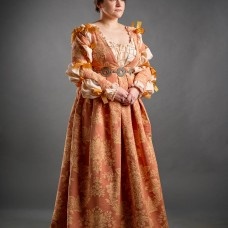
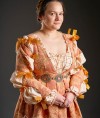
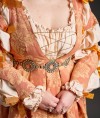
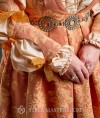
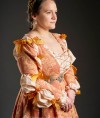
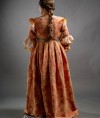
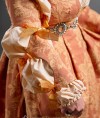
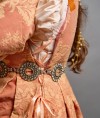
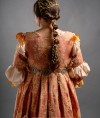
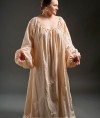
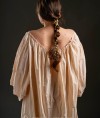
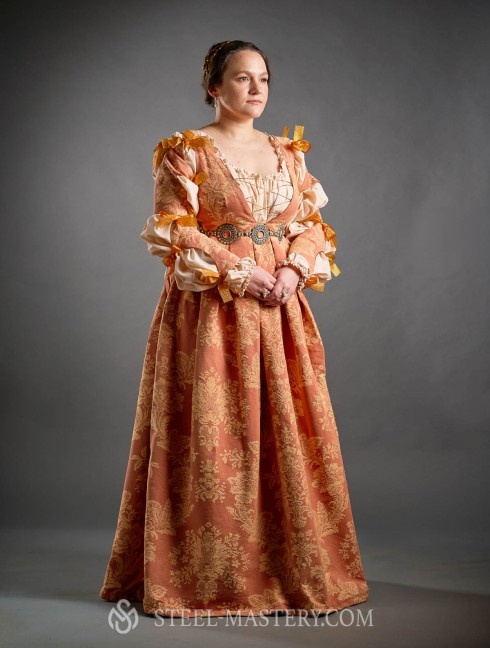
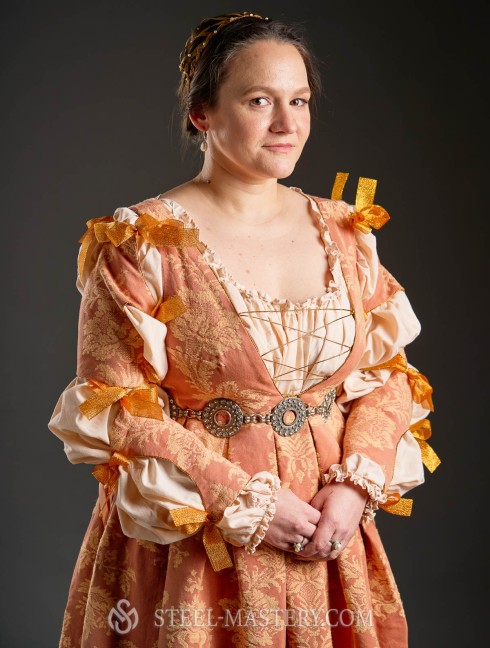
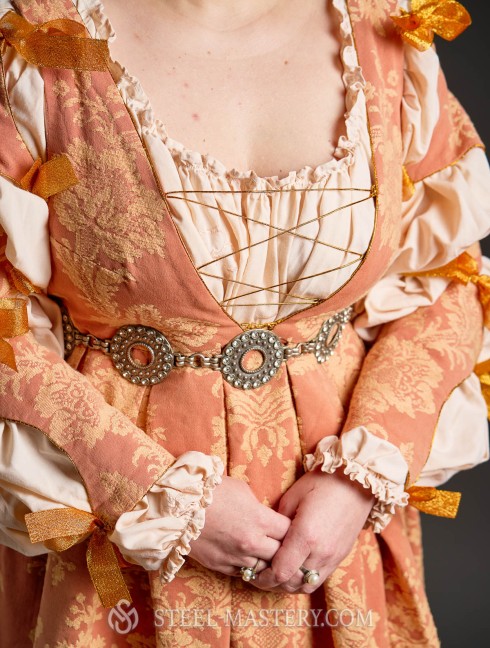
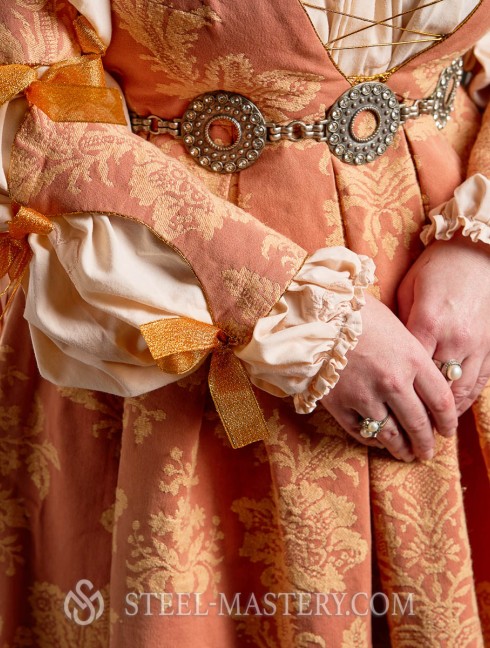
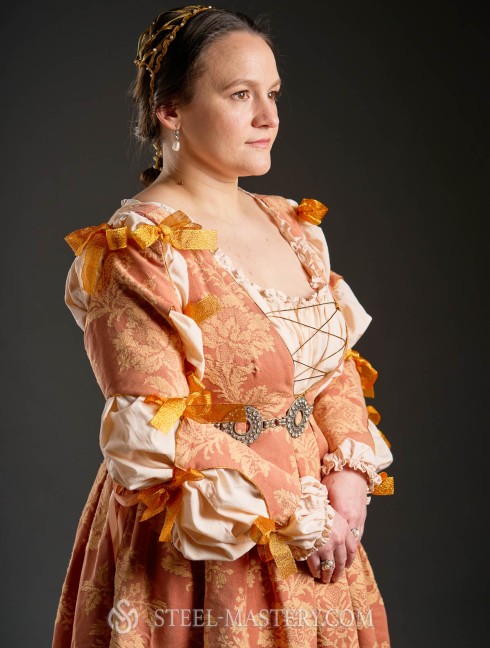
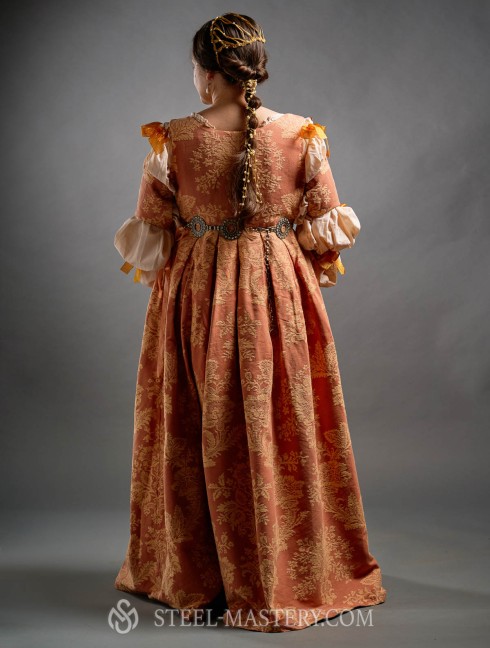
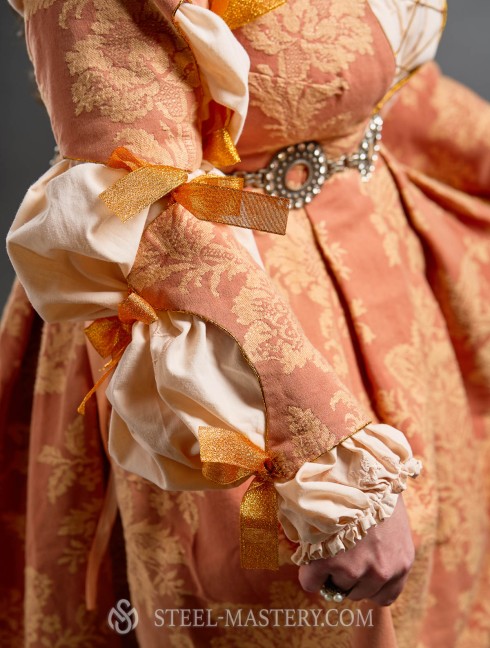
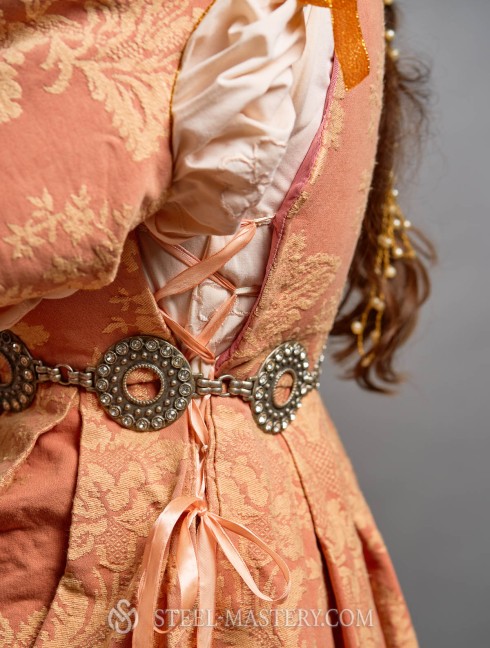
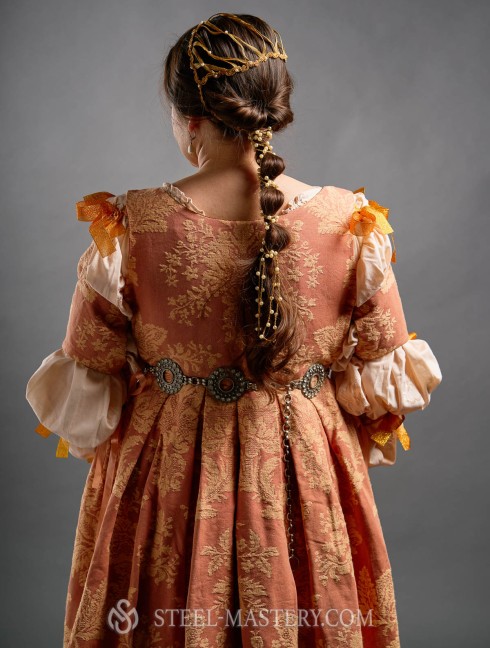
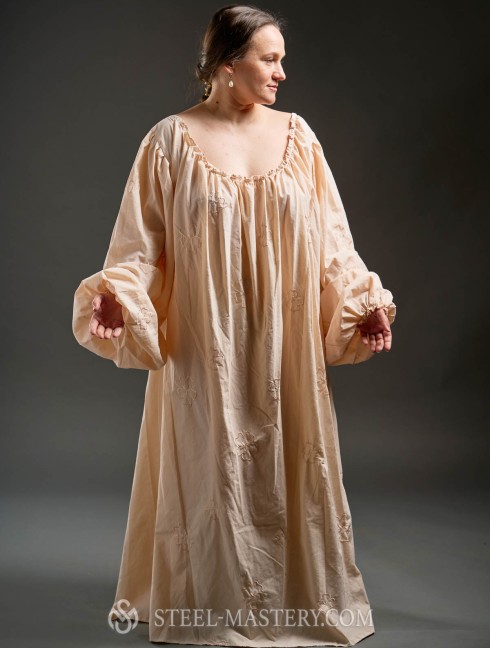
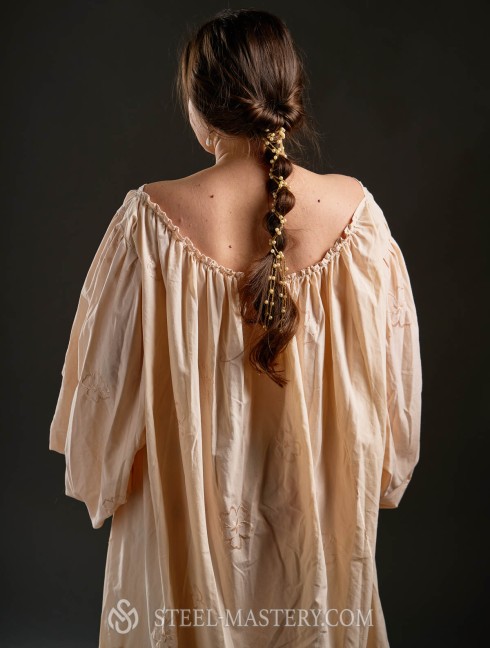

-0-4-0-1-4-300x400.jpg?v=1719305340)
